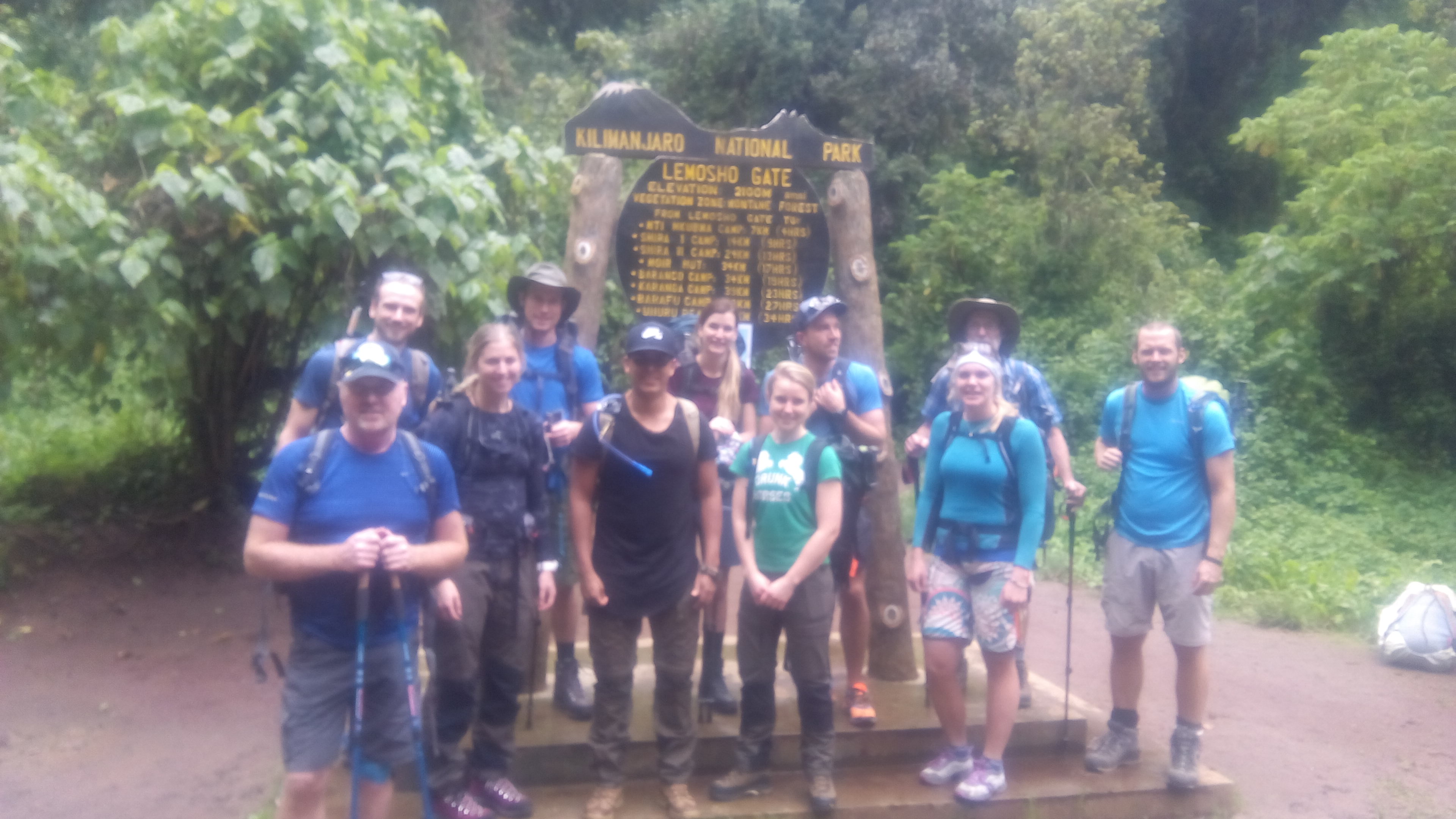
MOUNT KILIMANJARO WEATHER
What is the Weather on Kilimanjaro?
The weather on Mount Kilimanjaro can vary from very hot to extremely cold within the same day although it does not experience wide temperature changes from season to season. Instead, the temperatures on Mount Kilimanjaro are determined more by the altitude and time of day.
At the base of the mountain, the average temperature is around 21 to 27 °C and at the summit, Uhuru Peak, the night time temperatures can range between 20 and -20 degrees Fahrenheit (-7 to -29 degrees Celsius). Like all great mountains, Kilimanjaro creates its own weather which can be extremely variable and difficult to predict. Hikers need to be prepared for warm, sunny conditions, and rain, wind, cold, and even snow.
MOUNTAIN ALTITUDE SICKNESS
What is altitude sickness and how to prevent it on Kilimanjaro?
Altitude sickness, renowned as mountain sickness, is a combination of symptoms that can hit anytime if you walk or climb to a much higher altitude or elevation too quickly. You can prevent this by gradually letting your body get accustomed to the mountain conditions. This means you should choose the longer routes to allow your body time to adapt to lower oxygen levels as you scale Kilimanjaro.
Most of the time, it’s not the fitness level that prevents trekkers from reaching the summit of Kilimanjaro but the notorious altitude sickness.
There are three kinds of altitude sickness that climbers tend to experience on Kilimanjaro. Below is an exploration of each of the types:
Acute Mountain Sickness (AMS)
Mild altitude sickness is also referred to as Acute Mountain Sickness. This is on the lower level of the altitude sickness spectrum and isn’t a major issue, though it is unpleasant. It is a fact that once you climb over the height of 3,000 meters, more than 75% of people will develop symptoms of AMS.
Severe Altitude Sickness – HAPE AND HACE
The two serious conditions connected with severe altitude sickness include:
• High Altitude Pulmonary Edema (HAPE)
• And, High Altitude Cerebral Edema (HACE)
HAPE is the build-up of fluid in the lungs whereas, HACE is the swelling of the brain caused by a lack of oxygen.
These conditions are very rare but when they do occur it is usually because a climber goes too high too quickly. This is why you must descend the mountain right away if you develop severe symptoms.
The symptoms of AMS include:
• Headache (this is the most common symptom).
• Nausea and vomiting.
• Loss of appetite.
• Fatigue, even when resting.
• Malaise (a noticeable “unwell” feeling).
• Trouble sleeping.
• Dizziness or lightheadedness.
• Vision changes (while rare, these usually indicate more severe altitude sickness, and are due to blood vessel ruptures in your retinas).
How Is Altitude Sickness Diagnosed?
When Climbing Kilimanjaro, the guides and mountain crew use a pulse oximeter to measure the oxygen saturation levels and pulse rate. This data along with any symptoms that a climber shows, builds up a picture of the situation.How Do You Prevent Altitude Sickness On Kilimanjaro?
The following are some precautionary measures you can take to prevent altitude sickness when climbing Kilimanjaro:Walk High, Sleep Low – Climbing high and sleeping low can help prevent the effects of altitude sickness. This makes sure that you get used to the lower oxygen levels on the mountain plus you get to recover gradually overnight while you rest.
Staying Hydrated – We advise climbers to drink at least 3 litres of water per day. A well-hydrated body helps in acclimatization. Altitude sickness on Kilimanjaro resembles the symptoms of dehydration. Thus, remember to drink as much water as you can.
Take the Longer Route – A Kilimanjaro Climbing Route that has an overall duration of more than 8 days is recommended. Taking sufficient time helps you to acclimatize to the high altitude and reduces discomfort, therefore reducing the risk of altitude sickness.
Choosing the Right Climbing Operator – It’s paramount to climb with a responsible climbing operator that has a group of experienced crew and guides. Our team at Adepa Adventures is made up of Wilderness First Responder guides that always monitor every individual’s altitude acclimatization.
Keep the Daypack Light – Don’t carry on extra weight in your daypack because that will be an unnecessary burden. You can learn more about what to keep on your Kilimanjaro Daypack here.
Preparation Before Climbing – Being prepared both physically and in your mind goes a long way to preventing altitude sickness on the mountain. A great way to be physically prepared and to undergo Training For Kilimanjaro would be to climb Mount Meru first. This will give you a good idea of how well you can acclimatize on Kilimanjaro.
Diamox – This is one of the best medications that will help in reducing the symptoms of Altitude Sickness. You should contact your climbing operator before taking Diamox as it can’t be prescribed to individuals with underlying medical conditions.
